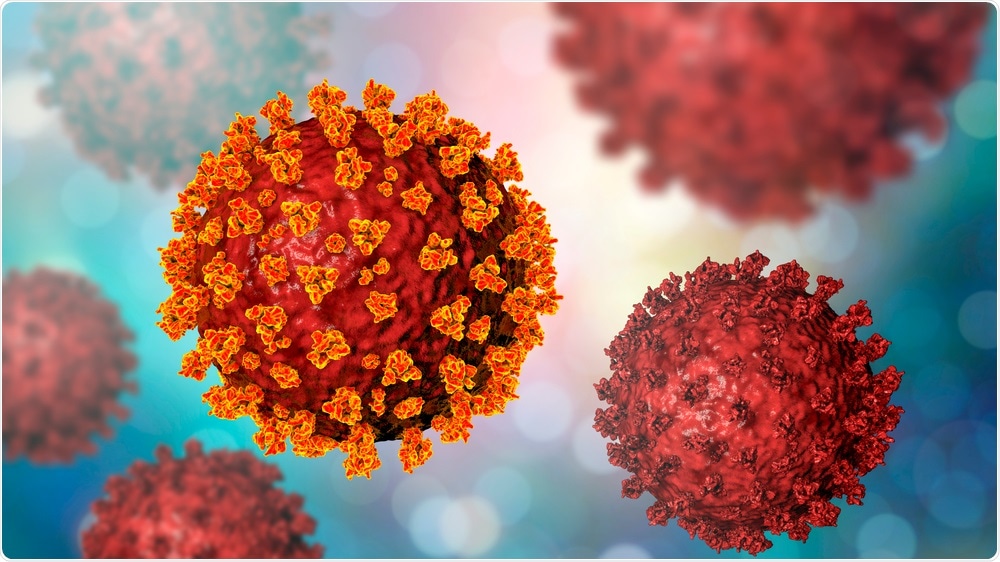SARS-CoV-2 is a virus that is responsible for causing COVID-19. This pathogen has now crippled economies, health care systems, and everyday lives across the world.

Image Credit: Kateryna Kon/Shutterstock.com
In response, researchers are combatting this virus with numerous strategies, such as vaccines, and repurposed medications designed for the latest therapies and other diseases.
Scientists have now detected small molecules that specifically target a structure inside the RNA genome of SARS-CoV-2, interfering with the expression of viral genes and targeting the RNA for destruction. The team has reported the findings in the American Chemical Society Central Science journal.
The genome of SARS-CoV-2 RNA folds into unusual shapes that can possibly be targeted by medications. One area of the RNA, known as the frameshifting element (FSE), includes a hairpin and other structures that allow the virus to convert its genes into proteins.
Matthew Disney, Hafeez Haniff, Yuquan Tong, and collaborators wondered if they could detect a small-molecule drug that could attach to the hairpin and stop it from doing its task. The team also wanted to find out if they could enhance the potency of the drug by adding a constituent that would attract an RNA-chopping cellular enzyme to kill the genome of the virus.
They started this process by performing microarray experiments to detect small molecules that attach to a certain region of the SARS-CoV-2 FSE hairpin. One molecule, which the researchers dubbed compound 5 (C5), reduced the efficiency of the hairpin in helping the SARS-CoV-2virus translate its genes by around 25% in cell culture experiments, thus decreasing the potentials of SARS-CoV-2 to make crucial proteins.
To improve the potency of C5, the researchers fixed a molecule (known as a ribonuclease-targeting chimera, or RIBOTAC) that recruits a human enzyme known to degrade the viral RNA. They observed that RIBOTAC enhanced the potency of C5 by around 10 times in cultured cells.
While more research is needed to convert the RIBOTAC-containing compound into a drug, these discoveries indicate that the SARS-CoV-2 genome can be targeted by small molecules that interrupt its function, concluded the researchers.
Source:
Journal reference:
Haniff, H. S., et al. (2020) Targeting the SARS-CoV-2 RNA Genome with Small Molecule Binders and Ribonuclease Targeting Chimera (RIBOTAC) Degraders. ACS Central Science. doi.org/10.1021/acscentsci.0c00984.